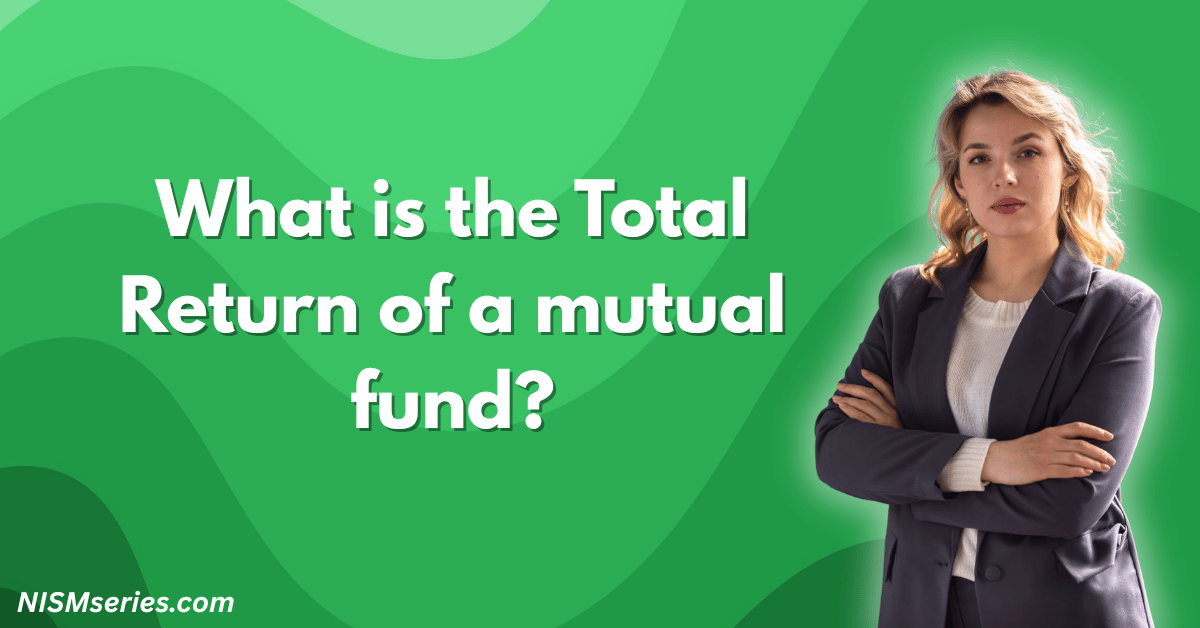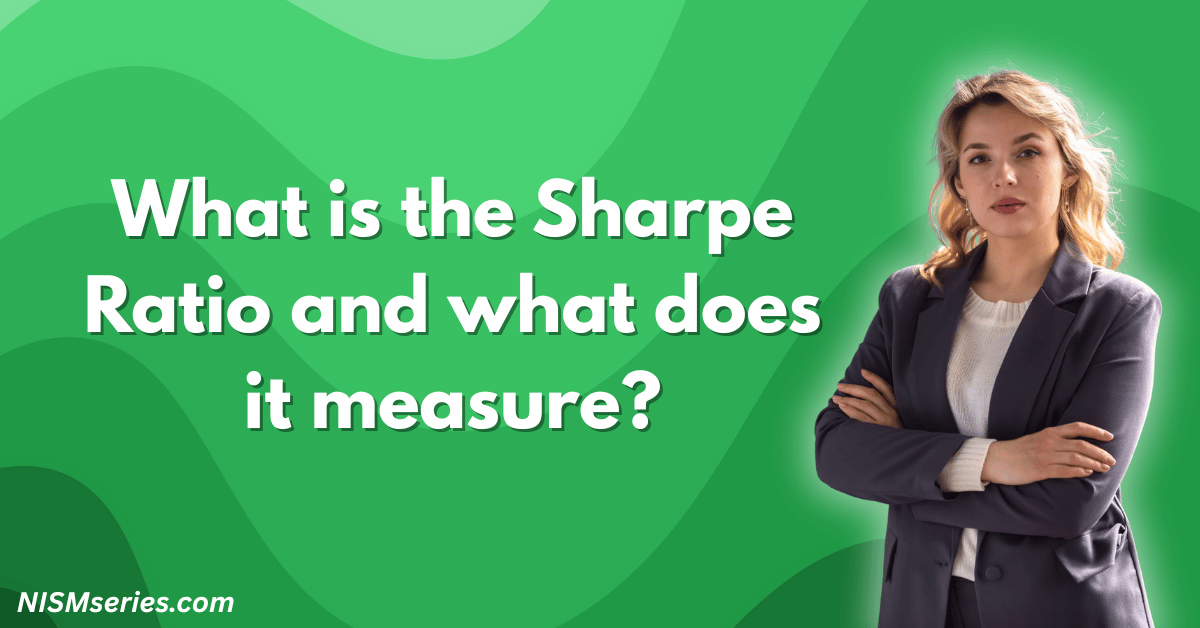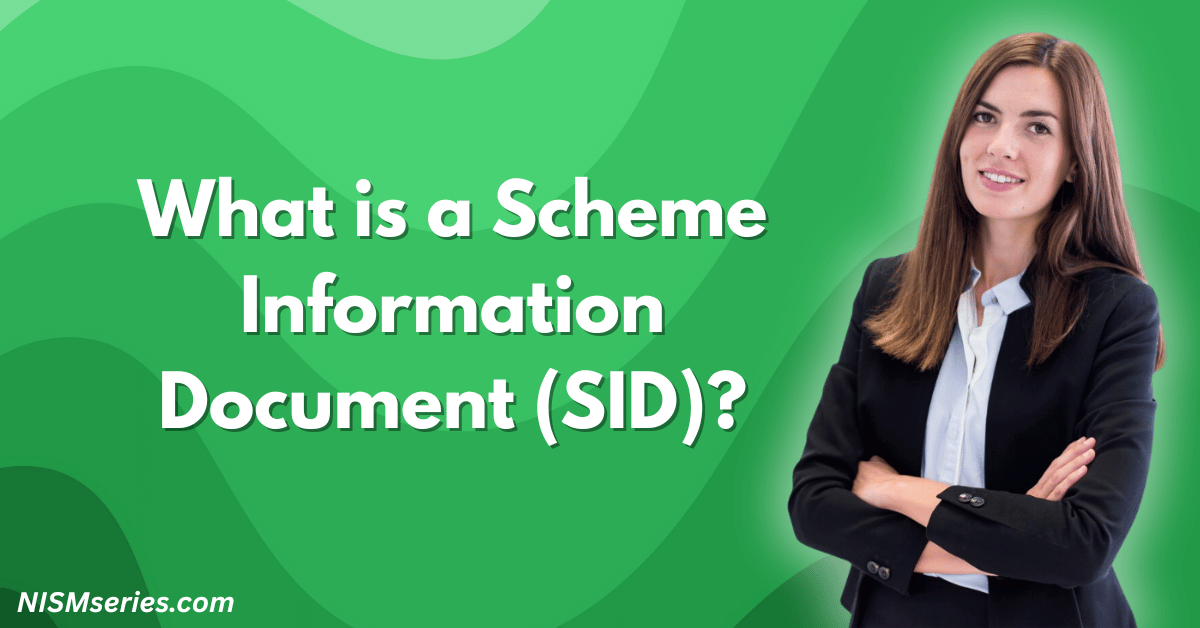The holding period is the time between when you buy and sell your mutual fund units. This number is very important. It affects your taxes and your profits. The holding period decides if your gains are short-term or long-term. This directly changes how much tax you pay. The holding period starts the day after you invest and ends the day you sell.
Table of Contents
Understanding Mutual Fund Holding Period Basics
How Holding Period Calculation Works
The way to count the holding period is the same for all funds. It always starts the day after you buy the units. If you invest with a Systematic Investment Plan (SIP), each payment has its own separate holding period. For example, if you invest on January 15, your holding period starts on January 16. If you sell on January 16 of the next year, your holding period is exactly one year.
Starting and Ending Dates for Investment Duration
The exact transaction time is key. The purchase date is the day you get the fund units, not the day you paid. The selling date is the day you ask to sell, not the day you get your money. For an SIP, each payment has its own timeline. When you sell some units, the fund company always sells your oldest units first. This is the “first-in-first-out” rule.
Types of Holding Periods and Tax Classifications
Short-Term Holding Period Requirements
Equity Fund Short-Term Duration
For stock funds, holding your investment for 12 months or less is short-term. A fund must have at least 65% in stocks to be called an equity fund. Profit from a short-term holding is taxed at a flat 20%.
Debt Fund Short-Term Timeframes
For debt funds bought after April 1, 2023, the holding period does not matter for tax. All profits are taxed at your income tax rate. But for debt funds bought before that date, holding for 24 months or less is considered short-term.
Long-Term Holding Period Benefits
Tax Advantages of Extended Investment Duration
Holding your investments for a long time gives you big tax benefits. For stock funds held over 12 months, your profits are long-term. You pay a low 12.5% tax only on profits over ₹1.25 lakh in a year. For older debt funds held over 24 months, the profit is also long-term and taxed at 12.5%.
Capital Gains Classification by Fund Type
Hybrid funds are a mix of stocks and bonds. Their tax rules depend on how much stock they hold. If a fund has 65% or more in stocks, it is taxed like an equity fund. If it has less, it is taxed like a debt fund.
Factors That Influence Your Holding Period Decision
Investment Goals and Time Horizon Planning
Your money goals must decide your holding period. For creating great wealth, you must hold your investments for 7 to 10 years. This lets the power of compounding work for you. If you need money soon, invest in very short-term funds for only 3 to 6 months.
Risk Tolerance and Market Volatility Impact
The stock market goes up and down. This affects different funds in different ways. Stock funds are very risky in the short term, but their returns become stable over time. Your ability to take risks must match your holding period.
Fund Performance and Return Expectations
A fund’s past performance gives you a good idea of how long you should hold it. Large-cap stock funds usually do well over 3 to 5 years. Riskier small-cap funds need at least 5 to 7 years.
How does fund type affect holding period strategy?
Different fund types have different ideal holding periods. Liquid funds are perfect for very short times, from 1 to 90 days. Stock funds must be held for more than three years to get the best results.
Holding Period Tax Implications and Benefits
Short-Term Capital Gains Tax Rates
The current short-term tax on stock funds is a flat 20%. For debt funds, the short-term tax is based on your income tax slab, which can range from 10% to 30%.
Long-Term Capital Gains Tax Treatment
The long-term tax on stock funds is only 12.5% on profits over ₹1.25 lakh per year. This tax break is a huge advantage for long-term wealth building.
Tax-Saving Fund Lock-in Period Requirements
Tax-saving funds, called ELSS, have a required three-year lock-in period. This is the shortest lock-in time among all Section 80C investments. Each SIP payment in an ELSS fund has its own three-year lock-in.
Why does the holding period matter for tax planning?
Managing your holding period is the smartest way to save tax. Holding investments for a long time not only gives you lower tax rates but also helps you get through market ups and downs. This will always give you better final returns.
Optimal Holding Period Strategies by Fund Category
Equity Mutual Fund Holding Recommendations
Large-Cap Fund Investment Duration
You must hold large-cap stock funds for at least 3 to 5 years. These funds are stable and offer good growth over the medium to long term.
Small-Cap Fund Extended Holding Benefits
You absolutely must hold small-cap funds for at least 5 to 7 years. These funds are very risky in the short term. A long holding period is the only way to benefit from their high growth potential.
Debt Mutual Fund Holding Guidelines
Ultra-short duration funds are good for 3 to 18 months. Short-term debt funds work well for 6 months to 2 years. Longer-term debt funds require an expert understanding of interest rate cycles.
Hybrid Fund Holding Period Considerations
Balanced hybrid funds, with 40-60% in stocks, are best held for 3 to 5 years. Conservative hybrid funds, with less stock, are good for 2 to 3 years.
When to Review and Adjust Your Holding Period
Market Condition Assessment for Holding Decisions
You must check your investments once a year or during big market events. But you must never sell based on short-term panic. This will destroy your long-term goals.
Performance Evaluation and Fund Comparison
Compare your fund’s performance to its benchmark. If your fund performs poorly for a long time, you must sell it, even if it is not the best time for taxes.
Personal Financial Goal Changes Impact
Big life changes like marriage, a new child, or nearing retirement will change your money needs. You must adjust your holding periods to match your new goals.
Should you exit before completing the holding period?
You should only sell early if something is seriously wrong with the fund, it has performed poorly for 2-3 years, or you have a real emergency. You must always think about the tax you will pay if you sell early.
FAQ
What is the minimum holding period?
Most mutual funds do not have a minimum holding period. Only ELSS funds (3 years) and retirement funds (5 years) have a lock-in. Many funds charge a small fee, called an exit load, if you sell within a certain time.
How is the holding period return calculated?
The Holding Period Return (HPR) formula is: HPR = (Income + Final Value – Starting Value) / Starting Value. To compare investments fairly, you must look at the annualized return, not the HPR.
Do all mutual funds have lock-in periods?
No, most funds do not have a lock-in period. Only special funds like ELSS and retirement funds do. You can sell from most funds anytime, but you might have to pay an exit load.
When does the holding period start counting?
The holding period always starts the day after you invest. For an SIP, each payment has its own separate holding period.
Can I extend my holding period beyond initial plans?
Yes, absolutely. Holding your investments for a longer time is almost always a good idea. It makes your investment more tax-friendly and gives it more time to grow. The most successful investors hold their stock funds for many years. This is the only way to get great returns.




















